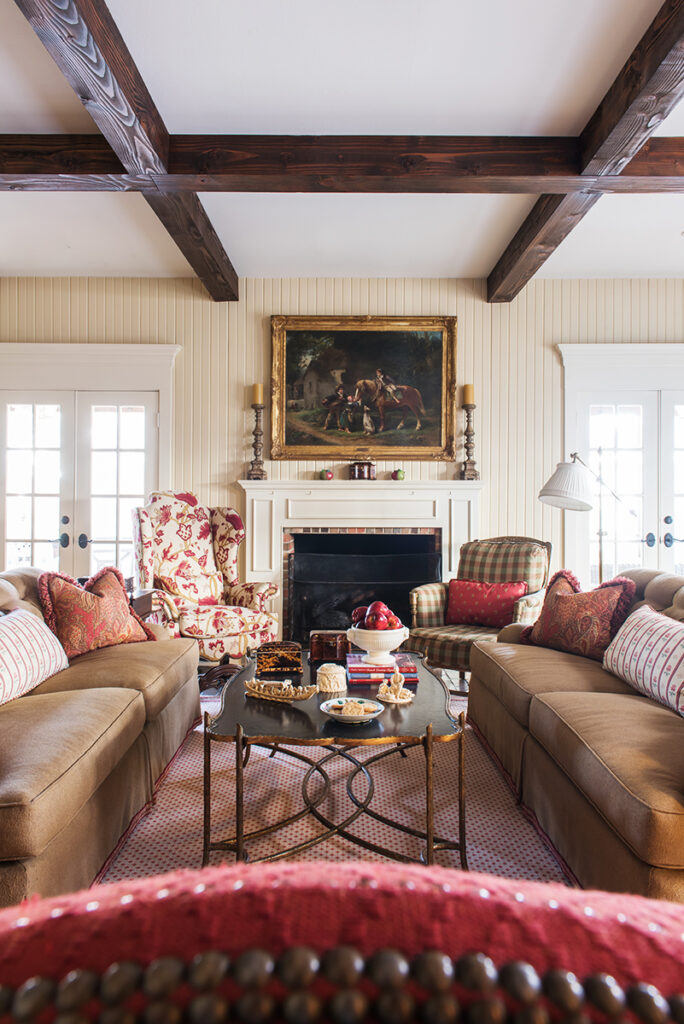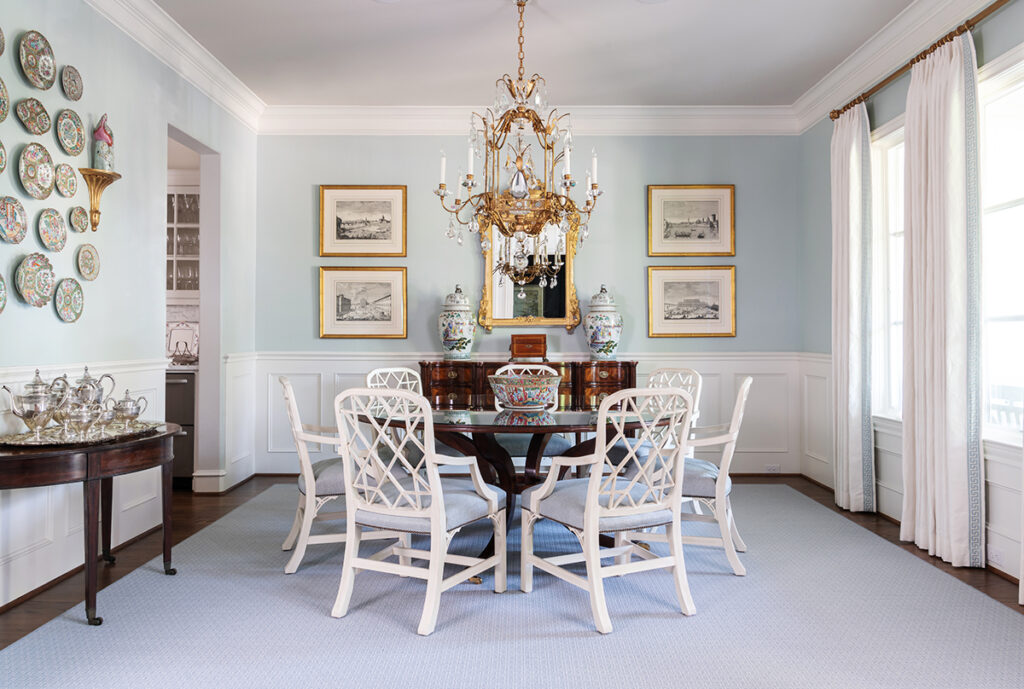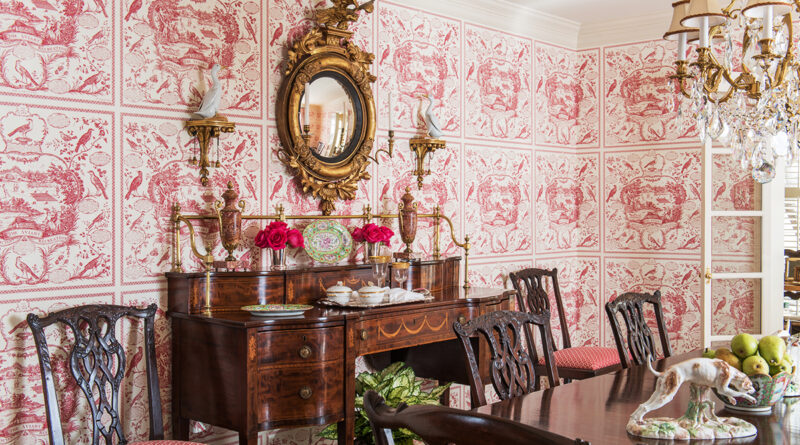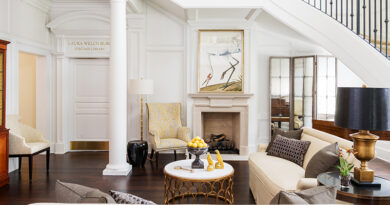Why Interior Designers Are Embracing English Style With Modern Design
English style has been making a comeback lately. I think it’s because English furniture is a little bit simpler than French or Italian-style furniture, so it mixes well with a modern home.

If you’re drawn to English style but are worried that incorporating it will date your interior design, you’ll be glad to know that an English-inspired home can still look very current.
In this article, I’ll give an overview of the key characteristics of English style and how I’ve successfully used English furniture and accessories in my projects.
Traditional English homes, whether cottages or manors, tend to be comfortable, warm, and inviting. The flooring is usually wood with rugs, especially oriental or sisal rugs. The window treatments could be drapes, curtains, or shades, but never blinds.
Even a relatively modern or transitional English-style home should be layered with antiques or traditional art to give a sense of history. That said, most designers are not using as many antiques as we did 10 or 20 years ago. Nowadays, I use English antiques as more of an accent, scattering them throughout the home.
One way to help an English-inspired room feel more current is to choose contemporary colors and simple draperies. For example, in one project with English antiques, I used an aqua paint color to make the room feel fresh.

English furniture is usually made with very dark wood, such as mahogany, and has less carving than French or Italian pieces. Another interesting thing to know is that the English liked as many reflective surfaces in their homes as possible to brighten things up. As a result, they used shiny finishes on both their wood furniture and their hardware, with the hardware often finished in shiny brass.
As far as accessories go, the English liked to use chinoiserie. Other accessories commonly seen in the traditional English home include needlepoint pillows, antique clocks, and oil paintings of family portraits, dogs, or horses.
Even if some today consider full-blown English interiors outdated, I still love to work with English furnishings and antiques. Balancing them with a modern or contemporary interior is a fun and rewarding challenge.








